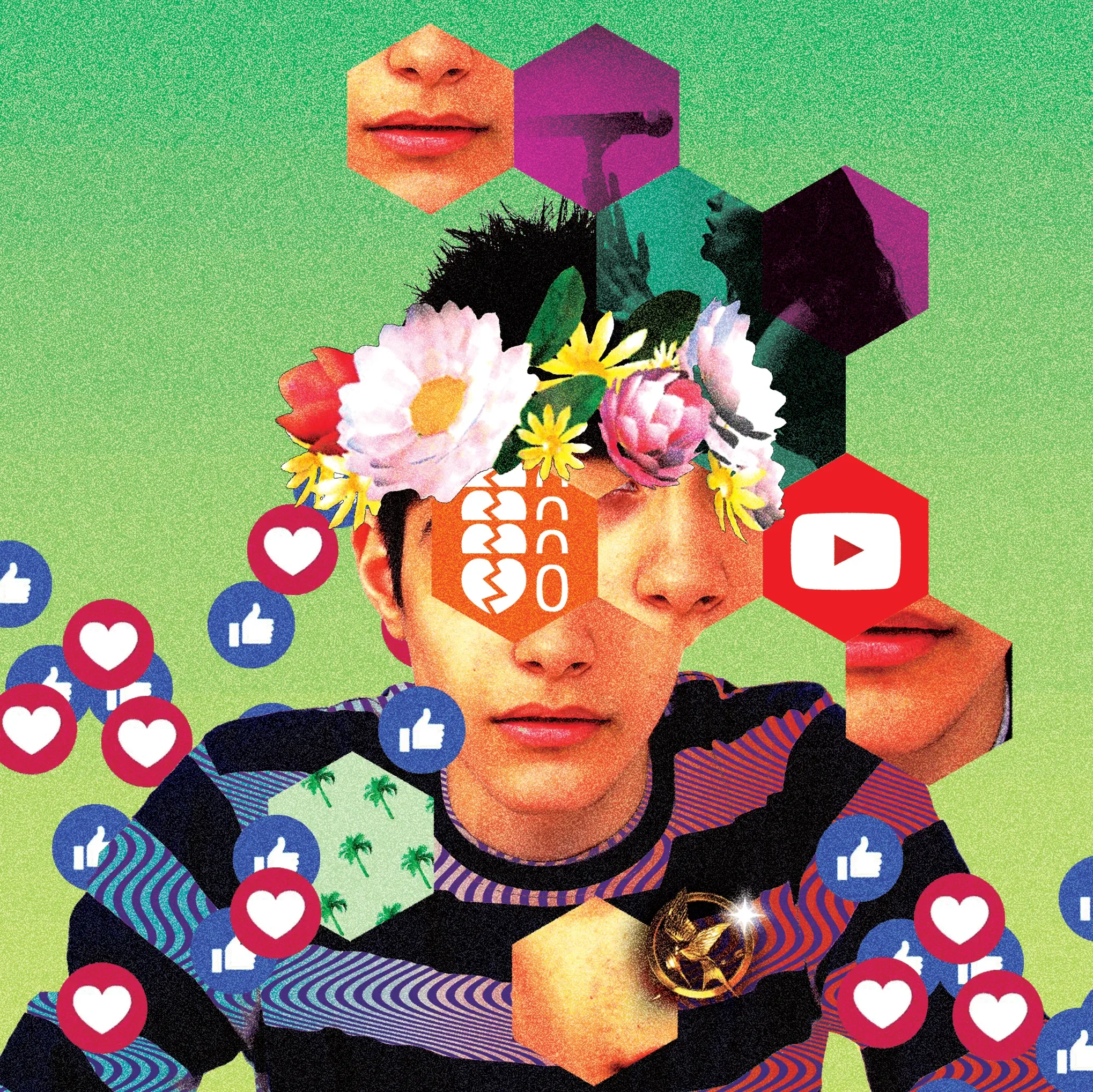Gen Z & The Future of Preparedness | AARP x dcdx
Quick Project Overview
This project, in partnership with dcdx and AARP, investigates how Gen Z perceives aging and what triggers early future-planning behaviors. Using participatory, Gen Z-native research methods, the work aims to generate actionable insights that inform brand strategy, intergenerational connection, and long-term civic and cultural planning. It reflects my broader practice of bridging design research, foresight, and youth-centered systems change.
-
AARP wanted to better understand how Gen Z perceives aging and life planning — and how it might evolve from being seen as a “someday brand” to one that’s relevant now. This meant exploring how cultural, technological, and generational forces are reshaping what it means to prepare for the future.
Together with dcdx, we asked a simple but urgent question:
How does a generation plan for the future when the future itself feels unstable? -
-
As the principal strategist and research lead for this project, I led the design of participatory research methods, integrated trauma-informed approaches, and synthesized insights into strategic frameworks, making recommendations on strategy based on insights for AARP.
-
Co-designed Gen Z-native research methods (TikTok, Discord, Instagram, Subreddits)
Developed screener (n=85), discussion guides for interviews and group chat queries, and Instagram Poll.
Ran 12 one-on-one confessional interviews + one-week group chat with 8 participants
Applied trauma-informed facilitation practices to deepen openness
Synthesized findings via narrative mapping, social listening, and cultural insight frameworks
-
Developed secondary research database spanning hundreds of synthesized and annotated sources on Gen Z perspectives, identities, and key experiences.
Developed a Gen Z Aging Perception Framework with actionable trigger points for when planning behaviors start
Delivered strategic brand insights for AARP positioning
Strengthened dcdx’s reputation in youth-driven futures research
-
Notion | Miro | Slack | Google Forms | Google Hangouts | Tl.dv | Canva | Narrative mapping | Social listening | Trauma-informed research design
Impact
This work informed a reframing of how AARP can speak to younger generations — moving from “preparedness” to “holistic resilience.”
The findings shaped three communication pillars:
Security through Adaptability
Grounded Connection
Shared Stability
Each invites AARP to engage Gen Z not as future members, but as co-architects of an evolving definition of wellbeing.
Status: Project Completed


